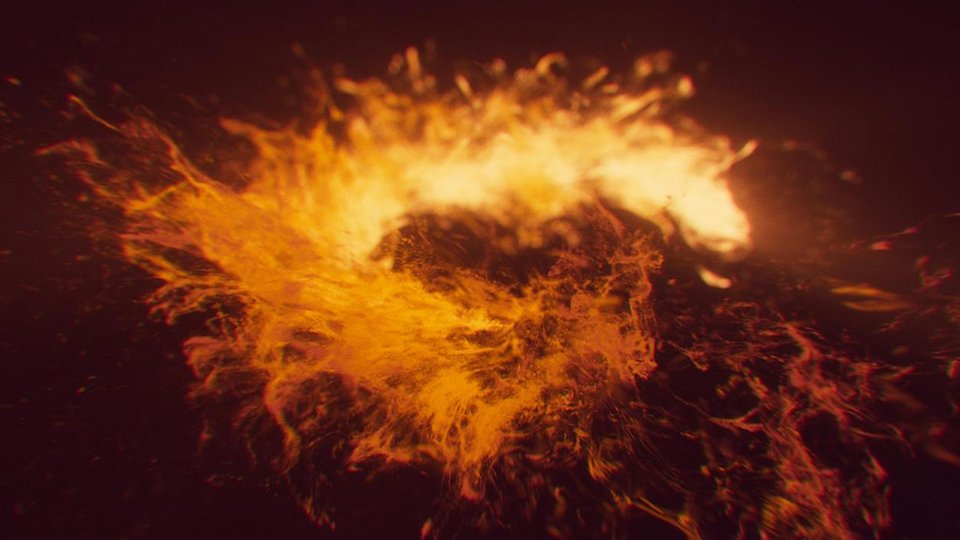SMEMACH:Austempered Ductile Iron
Next, let's trace its development history, let's start from the 18th century BC.
Origin of early cast iron technology (BC to the 18th century)
Hittite solid ironmaking: In 2000 BC, the Hittites made red-hot iron ore into metallic iron. This technology included forging technology, but the technology was strictly kept secret at the time. It was not until the decline of the Hittite Kingdom that it was introduced to West Asia, South Asia and Europe.
In the 6th century BC, China had already carried out liquid ironmaking and cast agricultural tools, weapons and other utensils. In 513 BC, the cast iron criminal tripod cast by the State of Jin weighed 270kg, and the full text of the criminal law was cast on the tripod, which was the earliest record of China's casting of large pieces.
The exact time when cast iron smelting technology was introduced to Europe is uncertain. Some say it was introduced from the East between 1200 and 1450 AD, while others believe it was spread to Europe by the craftsmen of the Yuan Dynasty army in my country around the 13th century AD, and brought with them the vertical furnace for smelting cast iron.
In 1722, French physicist Rene Antoine Ferchault de Réaumur invented whiteheart malleable cast iron with high strength and toughness for the production of thin-walled castings.
In 1794, the British John Wilkinson invented the cupola, which was patented in the UK, which greatly promoted the development of gray cast iron and white cast iron. It can produce cast iron in a controllable manner according to the fracture properties of the sample, obtain controllable organization and performance, and make cast iron widely used in engineering structural parts.
In the 1820s, American Seth Boyden invented blackheart malleable cast iron.
The birth of ductile iron inoculation technology (19th century to early 20th century)

In 1855, Henry Bessemer invented the Bessemer converter steelmaking process, which led to the rapid development of steelmaking technology and the successful mass production of malleable cast iron and cast steel.
Sipp invented the pearlite casting production method (Lanz method) in the Heinrich Lanz foundry in Mannheim, Germany, and prepared high-strength cylinder castings, which was patented in Germany and other countries. This process strictly controls the chemical composition and cooling rate to obtain 100% pearlite + A-type graphite in all parts of the casting, and the casting stress is extremely small, but due to the complex process and high production cost, it is no longer used in modern production.
In 1922, American Meehan (Mianyang) used Si-Ca alloy to inoculate in molten iron with low C+Si content, which significantly improved the strength of gray cast iron (300~500MPa), eliminated supercooled graphite, and improved cross-sectional uniformity.
In 1947, Morrogh of the United Kingdom discovered the existence of spherical graphite in the cast state; the following year, ductile cast iron was obtained by adding Ce to high-carbon, low-sulfur, low-carbon gray cast iron and keeping its residual content above 0.02%. Almost at the same time, Gagnebin and others of INCO obtained the same ductile cast iron by adding Mg to molten iron and keeping its residual content above 0.04%.
Early research on austempering (1930s)
In the 1930s, Edgar C. Bain and Edmund S. Davenport first used austempering at the U.S. Steel Corporation. They heated the steel to austenitization, then cooled it to a medium temperature and kept it for different periods of time. They discovered a new microstructure composed of "needle-shaped, dark aggregates", namely bainite structure, and found that the hardness of this structure was equivalent to tempered martensite but more ductile. However, the heat treatment practice at that time was continuous cooling, and in fact, it was impossible to obtain a complete bainite structure. What was obtained might be a mixed structure or too much martensite.
The birth and development of ADI technology (1970s to present)
In the 1970s, M. Johanson applied the austempering heat treatment process in steel to ductile iron. In 1977, the Karkkila foundry in Finland, where he worked, announced the successful development of a new type of ductile iron with austenite and bainite matrix structure. This ductile iron has special mechanical properties, with a tensile strength of 1000MPa, an elongation of 10%, an impact toughness value comparable to that of ferritic ductile iron, and a bending fatigue strength close to that of alloy steel. M. Johanson read a paper on this research at the 45th International Foundry Annual Conference held in 1978 (some say 1987).
Subsequently, E. Dorazil and others in the Czech Republic conducted a relatively systematic study in this regard. Since then, this material has attracted widespread attention from various countries, and patents have been applied for in 13 countries including the United States, Britain, France, and Canada. Such superior comprehensive mechanical properties have opened up broad prospects for ductile iron to replace steel in the manufacture of some important parts (including gears). Many research institutions and manufacturers have conducted extensive research on this new material and achieved many practical results. The successful development of this ductile iron is one of the major achievements in cast iron metallurgy in the past 30 years.
Next, we will continue to publish articles related to austempered ductile iron ADI, so stay tuned. If you have any needs for ductile iron ADI products, please feel free to contact us.
ADI China International Standard-GB/T 24733-2023
International Standards for ADI Casting:ISO 17804:2005
ADI (Austempered Ductile Iron) - EU & Japan Standard:Japan: JIS G5503 - 1995